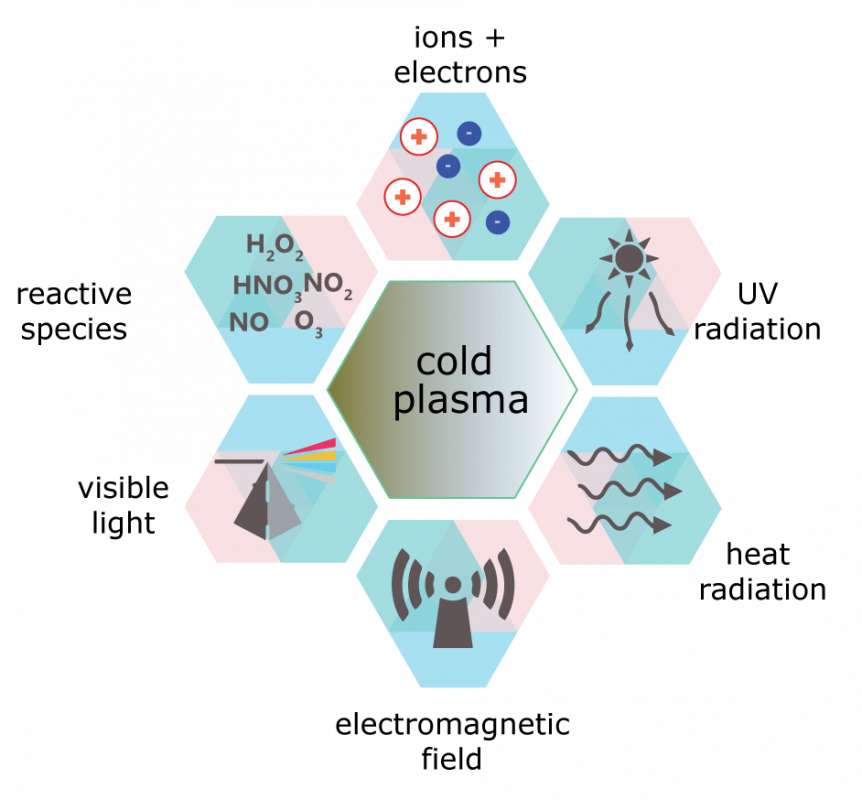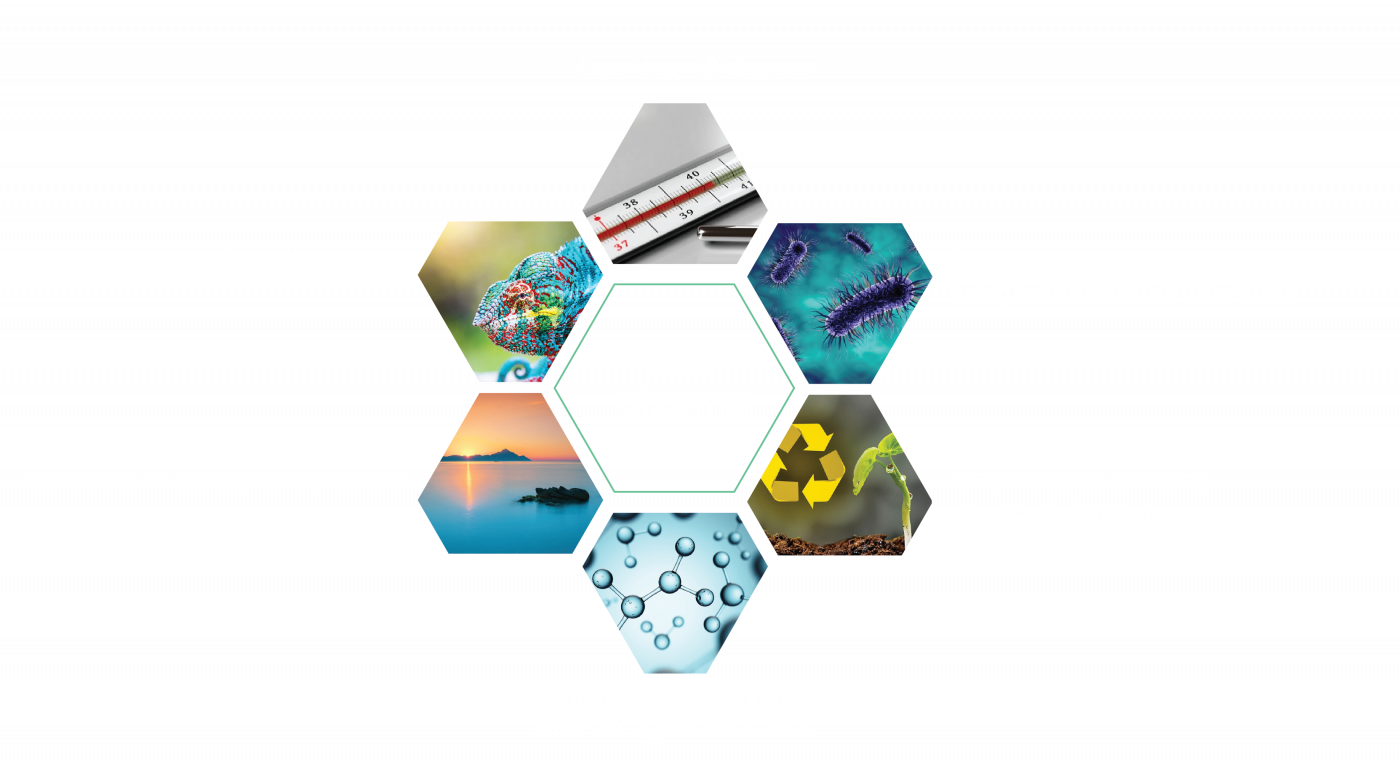
TECHNOLOGY
What is cold atmospheric plasma?
Most of the known universe is in a plasma state: stars (like the sun), lightning, etc. Source. The core of plasma ranges in temperature from 11,000° – 14,500° degrees, thus limiting its applicable uses. As an ionized gas, plasma’s electron density is balanced by positive ions and contains a sufficient amount of electrically charged particles to affect its electrical properties and behavior. Natural examples for plasmas are the sun – a gigantic plasma ball – or lightning on Earth – temporary electrical discharges.
Cold atmospheric plasmas are partially ionized gases, that means only one particle out of 1 ∙ 109 is ionized. The advantage of cold atmospheric plasmas is that they are “cold”, within the meaning that they operate under room temperature and can be produced at atmospheric pressure on Earth.
Plasma discharges exist in a wide range of conditions. Their particular properties depend on a variety of parameters including pressure, temperature, and density. Plasma gas temperature is largely dependent upon average energies of particles and their degrees of freedom (translational, rotational, vibrational, and electronic). Such energies are achieved via electron-electron collisions and electron collisions with heavy particles, which result in ionization of the heavy particles. Depending on the frequency of collisions, the energy (and hence temperature) of plasma components (electrons and heavy particles) can be different. As a result, the plasma can exist in a non-equilibrium state.
Extensive research, employing various technologies to generate cold atmospheric plasmas, showed that the resultant mixture of electrons, ions, excited atoms and molecules, reactive species (such as O3, NO, NO2, etc.), UV radiation and heat can vary significantly for different plasma sources and that it can also be modified for specific purposes. In other words, the concentration and the composition of the plasma components can be adapted (or designed) for different intended applications.


Characteristics of cold atmospheric plasma
The main and specific characteristic of cold atmospheric plasma is flexibility and diversity. Among all already existing and potential plasma sources, the following are the most important:
Less than 40 degrees
No use of chemicals, no generation of waste
Effective against microorganisms, mites, allergenes and odour molecules
Personalized design for various areas of application
Atmospheric pressure generated plasma
Flexible and adaptable
Application Safety – our number one focus
We are very concerned by the safe use of our plasma sources. In order to guarantee health integrity and process safety to our customers, we strictly follow the following security features:
No current flow in contact with skin
Clinically validated with about 400 patients and 10-year study
Respect regulations limits in terms of gas composition
Application at low temperatures
Emission of low UV radiation
Tissues and cells studies
Are you curious about cold atmospheric plasma and want to receive more information?




